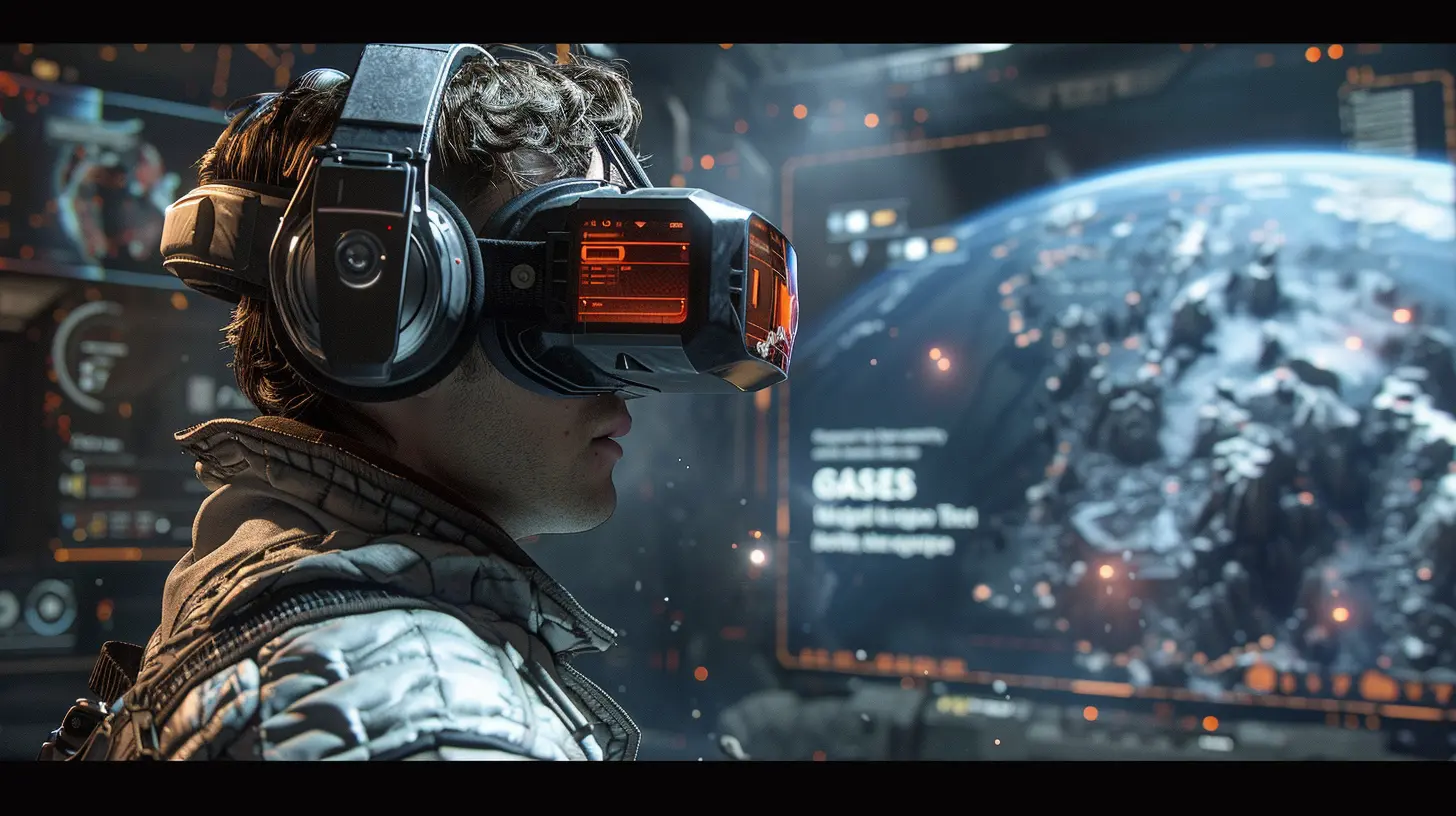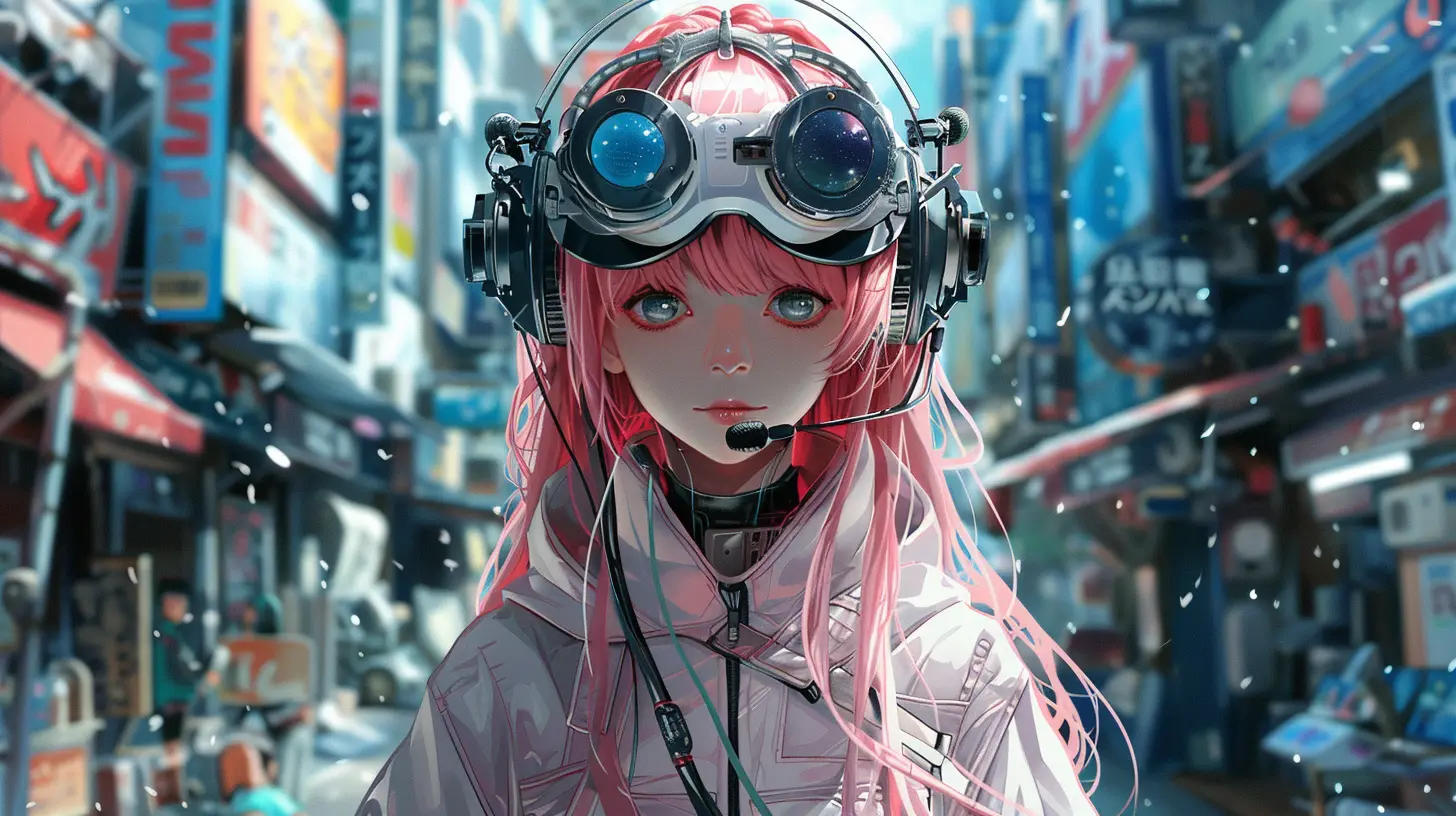How Virtual Reality Could Reshape Console Gaming
18 June 2025
Gaming has come a long way, hasn’t it? From the basic pixelated graphics of the early arcade games to the hyper-realistic visuals of today’s console titles, we've seen some pretty mind-blowing advancements. But just when we thought gaming couldn’t possibly get any cooler, virtual reality (VR) saunters into the room wearing its sleek headset and says, “Hold my controller.”
Virtual reality isn’t just a buzzword anymore; it’s a game-changer. And when we combine VR with console gaming, we’re talking about a potential revolution. Imagine no longer looking at your TV screen while you play but being inside the game world itself. Pretty wild, right? VR has the power to reshape console gaming as we know it, and today, we’re going to dive into all the ways this could happen.
So, grab your headset (figuratively speaking—for now), and let’s dive in. 
The Current State of Virtual Reality
Before we jump ahead to all the cool possibilities, let’s take a quick look at where VR stands right now. Virtual reality isn’t a new concept; it’s been around in some form or another for decades. But until recently, it felt more sci-fi than real life.Now? Companies like Oculus (owned by Meta), HTC, and Valve have made VR headsets more accessible to the average consumer. Games like Beat Saber and Half-Life: Alyx have shown us what VR can do. However, most of these VR experiences are tied to high-end gaming PCs, not consoles.
Sure, Sony dipped its toes into the VR waters with the PlayStation VR (PSVR), and they've doubled down with the PSVR2. But let’s be honest—compared to PC VR systems, console-based VR still feels like it’s just scratching the surface.
And that’s exactly why things are so exciting—because there’s so much untapped potential for VR to reshape the way we play and experience console games. 
Immersion: The Game-Changer
Let’s talk about immersion because that’s where VR truly shines. When you’re playing a traditional console game, no matter how incredible the graphics are or how gripping the story may be, you’re still just watching the game unfold on a screen.With VR, you’re no longer just a spectator—you’re a participant. Think about it: instead of controlling a character from a third-person or first-person perspective, YOU become the character. Want to swing a sword? You actually swing your arm. Want to duck behind cover? You physically crouch down.
Imagine booting up a game like The Last of Us in VR. You’re not just guiding Joel or Ellie through a world filled with clickers—you are Joel or Ellie. Every creaky floorboard, every whisper of the wind, every horrifying screech of a clicker—it all feels like it’s happening around you, not just on a TV screen. And the emotional impact? Off the charts.
This level of immersion could make story-driven games even more gripping and multiplayer games more intense. Can you picture playing Call of Duty in VR with your buddies? It’s no longer just trash talk over headsets; it’s full-on battlefield chaos. 
Breaking the Fourth Wall
We’ve all heard about the “fourth wall” in media, right? It’s the invisible barrier between the audience and the story. Well, VR obliterates that barrier in gaming.In a traditional console game, you interact with the game world using a controller. But with VR, your body is the controller. Your movements, gestures, and even your gaze can all interact with the virtual world.
For example, imagine a VR console game that uses eye-tracking. You look at an object in-game, and your character picks it up. Or picture a horror game where the monsters react to your actual breathing or heart rate (as measured by a sensor on the headset).
These kinds of experiences are only possible with VR, and they have the potential to redefine what we think of as “interactivity” in gaming. 
New Ways to Experience Multiplayer Gaming
Let’s be real—multiplayer is a massive part of console gaming. But in today’s setup, multiplayer largely means sitting on your couch yelling at friends over a headset. Fun? Sure. But can VR take it to a new level? Absolutely.With VR, multiplayer gaming can feel less like chatting on a phone and more like hanging out in person. You don’t just hear your friends—you see their virtual avatars, interact with them, and maybe even high-five them. Social VR platforms like VRChat have already shown us how engaging virtual spaces can be. Now imagine that level of interaction in a console game.
Want to team up with friends for a dungeon raid? Instead of staring at their characters on a screen, you’re standing right next to them in the game world. Want to play a sports game? Now you’re on the court or field, throwing passes or shooting hoops with virtual versions of your friends.
VR could make multiplayer gaming more social, more interactive, and way more memorable.
Challenges on the Road Ahead
Alright, let’s pump the brakes a bit. As exciting as all this sounds, there are definitely some challenges to overcome before VR and console gaming can fully merge in the way we’re imagining.1. Hardware Limitations
Right now, most consoles might not have the processing power to deliver high-quality VR experiences. VR demands a lot—high frame rates, low latency, and crisp visuals. While consoles like the PS5 and Xbox Series X are powerful, they’re not quite at the same level as a high-end gaming PC.2. Accessibility and Cost
VR headsets aren’t cheap, and neither are the accessories. For VR to truly reshape console gaming, it needs to be affordable and accessible to a wide audience.3. Motion Sickness
Let’s not beat around the bush—VR isn’t for everyone. Some people experience motion sickness when using VR, which could be a major barrier for widespread adoption.4. Game Development
Developing games for VR is a whole different ball game. Studios will need to learn new skills and experiment with new design approaches, which takes time and resources.What the Future Holds
Despite these challenges, the potential for VR in console gaming is massive. And we’re already seeing some promising signs. Sony’s PSVR2 is a step in the right direction, and other major players are undoubtedly keeping a close eye on the space.As technology continues to improve, VR headsets will become more powerful, lightweight, and affordable. And as more developers experiment with VR, we’ll start to see innovative new games designed specifically for this medium.
Think about where gaming was 20 years ago compared to today. Now imagine where it could be in another 20 years with VR leading the charge. It’s an exciting thought, isn’t it?
Conclusion
Virtual reality and console gaming may still be in the early stages of their partnership, but the potential is undeniable. From immersive single-player stories to next-level multiplayer experiences, VR has the power to completely reshape the way we play.Yes, there are hurdles to overcome, but if history has taught us anything, it’s that the gaming industry thrives on innovation. So, whether you’re a die-hard gamer or just someone who’s curious about what’s next, one thing’s for sure—the future of console gaming is looking pretty darn virtual.
all images in this post were generated using AI tools
Category:
Console GamesAuthor:

Pascal Jennings
Discussion
rate this article
2 comments
Wolf McGee
This article beautifully highlights the exciting potential of virtual reality in console gaming. It's inspiring to see how technology can create immersive experiences that deepen our connection to gaming. Great read!
November 14, 2025 at 4:33 AM

Pascal Jennings
Thank you for your kind words! I'm glad you enjoyed the article and found the exploration of virtual reality's potential in console gaming inspiring.
Avianna Williams
This article raises fascinating points about the intersection of virtual reality and console gaming! I’m curious to see how VR technology could enhance player immersion and interaction. Could this be the future of gaming experiences? I'm excited to explore the possibilities and innovations that lie ahead!
June 20, 2025 at 2:49 PM

Pascal Jennings
Thank you for your enthusiasm! VR definitely holds great potential to transform console gaming by enhancing immersion and interaction. Exciting times lie ahead!


